The Impact of Hydropower Revealed
While hydropower dams will continue to play a role in our nation’s energy portfolio, it is important to acknowledge that both reservoirs and hydropower generation contribute to greenhouse gas emissions.
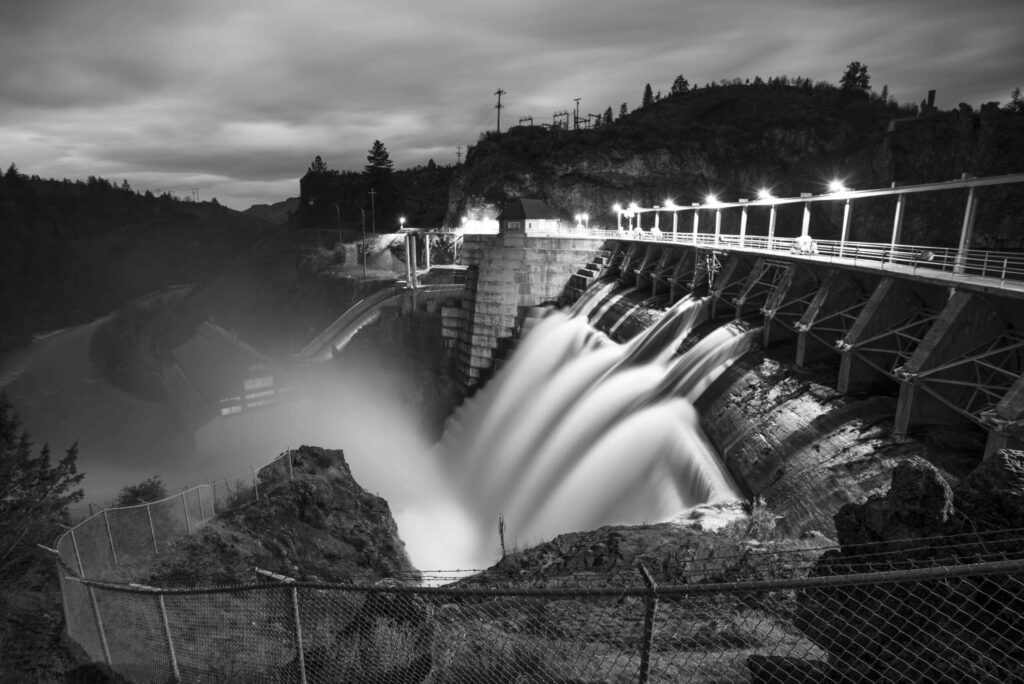
This blog was written by American Rivers Hydropower Reform Intern Katherine Tara.
As climate change fuels increasingly severe floods and droughts, the value of clean, healthy rivers becomes even more essential. And as we prioritize and increase investment in low- or no-carbon energy sources, it’s vital that we have all the information about costs and benefits of alternatives to fossil fuels.
While hydropower dams will continue to play a role in our nation’s energy portfolio, it is important to acknowledge that both reservoirs and hydropower generation contribute to greenhouse gas emissions.
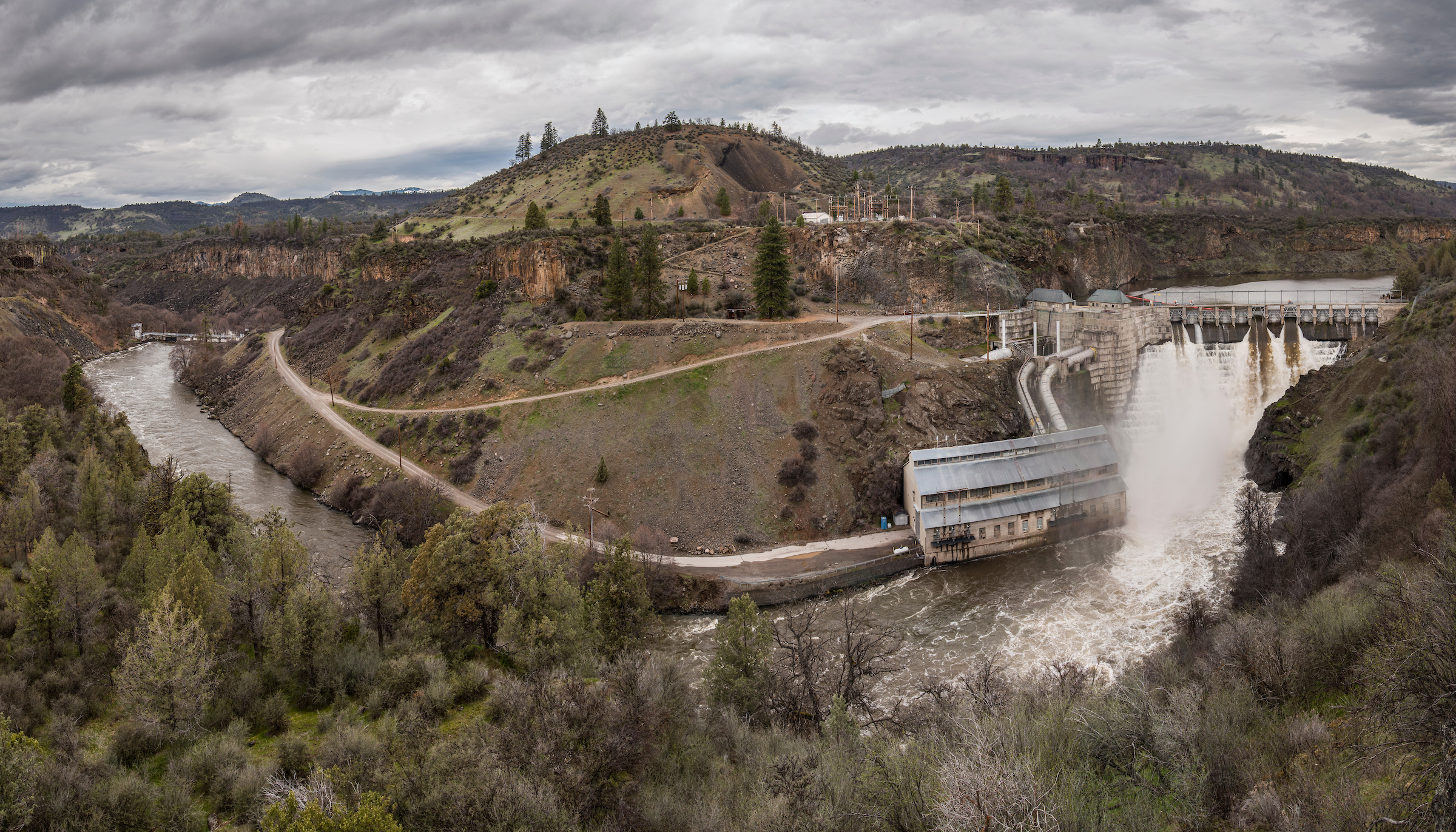
Here’s what you should know about emissions impacts of reservoirs and hydropower:
Q: Should hydropower be considered clean energy?
A: Hydropower should not be labeled “clean” or “green” because of the damage dams cause to rivers, fish and wildlife, communities, and cultural values, and because of the greenhouse gas emissions produced by reservoirs. 80% of these reservoir emissions are methane – a greenhouse gas that is 80 times more potent than carbon dioxide.
Q: About how much methane is emitted from reservoirs annually?
A: Estimates show that hydroelectric and non-hydroelectric reservoirs emit approximately 13.4 million metric tons of methane per year, with nearly half of that coming from hydroelectric reservoirs.
Q: How is methane emitted from reservoirs?
A: Methane is emitted from manmade reservoirs through several pathways including (1) continuous diffusion across the surface of the reservoir; (2) bubbling (“ebullition”) from sediments; and (3) transport through plants growing within the reservoir.
Q: Do hydropower facilities generate more methane than non-hydro reservoirs (for example, reservoirs only used for water storage)?
A: Yes. The energy generation technology that turns a dammed reservoir into a power source can contribute to the methane emissions of the reservoir in a variety of ways. The turbines release methane that is dissolved in the water and ultimately increase GHG emissions. In addition, hydropower operations can dramatically raise and lower reservoir levels, exposing sediments, which releases methane.
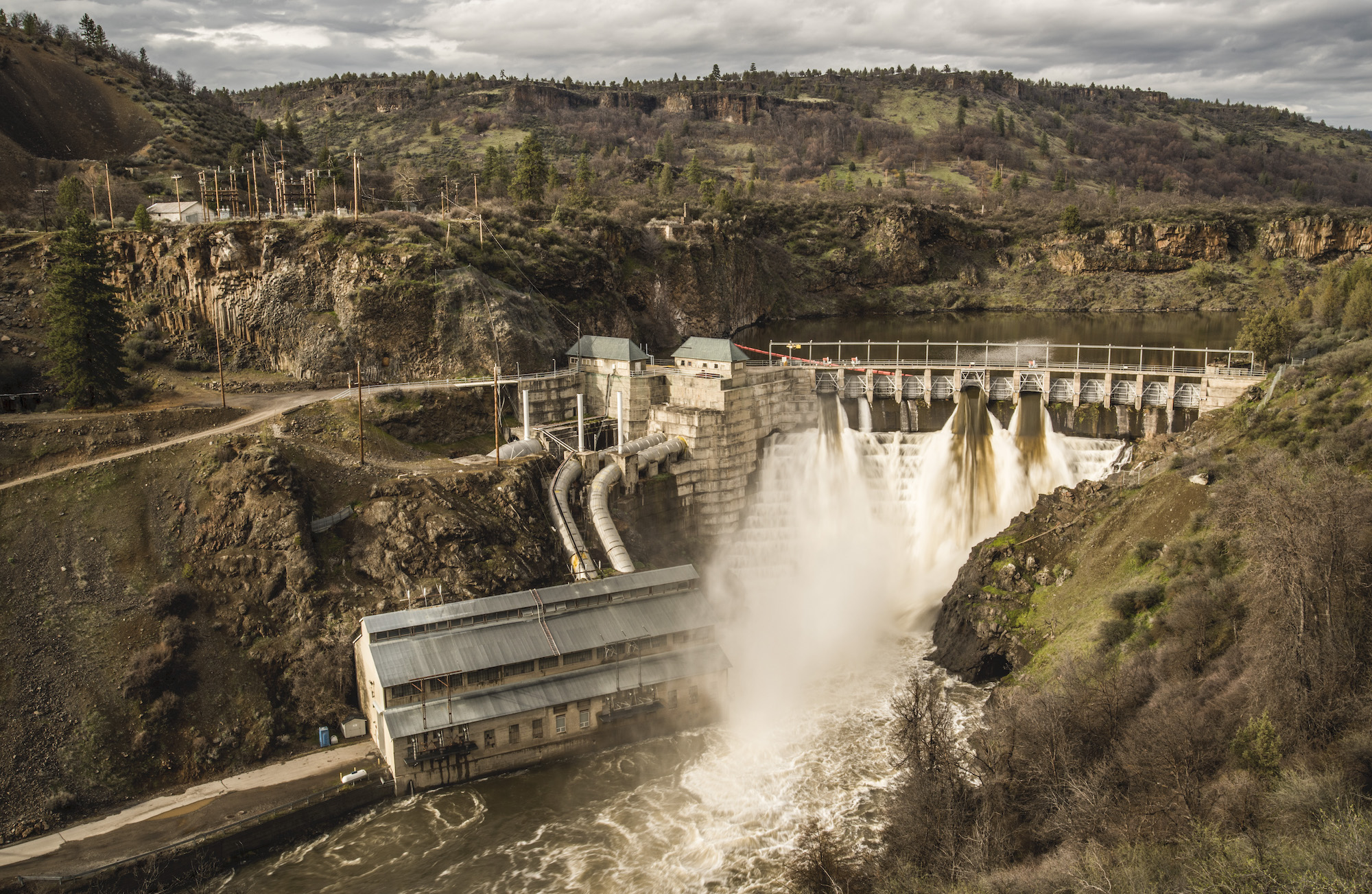
Q: Does the Environmental Protection Agency keep track of GHG emissions from reservoirs?
A: Sort of. Greenhouse gas emissions from hydroelectric reservoirs were inventoried in the Environmental Protection Agency’s (EPA) 2020 report to quantify emissions from the energy sector.This report estimates that in 2020, reservoirs and other artificially flooded lands produced 797 kilotons of methane, annually. EPA estimates emissions generally, but hands-on measurement of emissions at individual reservoirs is necessary to better understand the problem.
Q: What does American Rivers make of this whole situation?
A: American Rivers believes that a large-scale reservoir methane emissions measurement program would be beneficial for honing emissions models and allowing scientists, regulators, and dam operators to better anticipate the consequences of an increasingly warming climate on reservoir methane emissions. American Rivers joined partners to sign this call to action, urging EPA to improve tracking.

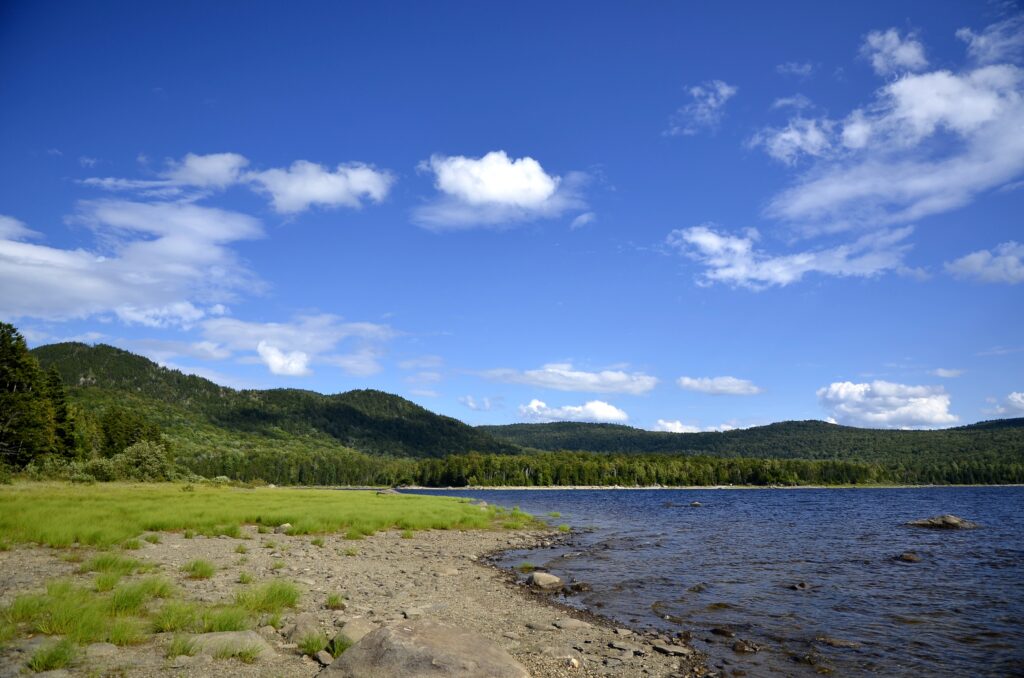
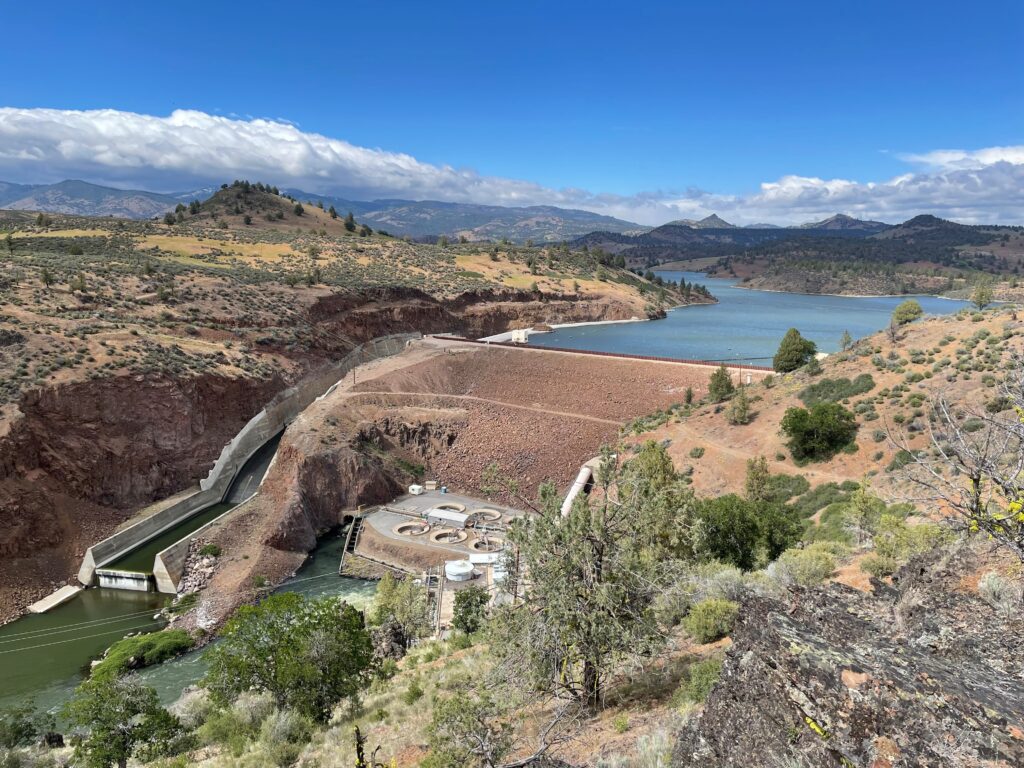
8 responses to “The Impact of Hydropower Revealed”
Are we doing enough to save our rivers from irreversible damage and depletion caused by human activities such as pollution and over-extraction of resources?
It highlights that reservoirs emit approximately 13.4 million metric tons of methane annually, with hydroelectric reservoirs contributing nearly half of this amount. Given that methane is a greenhouse gas 80 times more potent than carbon dioxide, these emissions are significant. The article also emphasizes the need for improved tracking and measurement of these emissions to better understand and mitigate their impact.
California wants all electric homes built. They want to eliminate power from natural gas, and hydroelectric with no source to replace it. Increasing the need and eliminating the most efficient sources of power. Natural gas provides 40% of California’s power, and power has been produced out of state.
nuclear power is the cleanest and safest
im confused tbh
*Too bad, too sad
TO BAD SO SAD she did good deal with it
Hi, this blog should provide greater context. For instance, what is the CO2 equivalent of hydropower per megawatt-hour of energy produced? How does the CO2e of existing dams compare to lifecycle of new solar and wind generation?